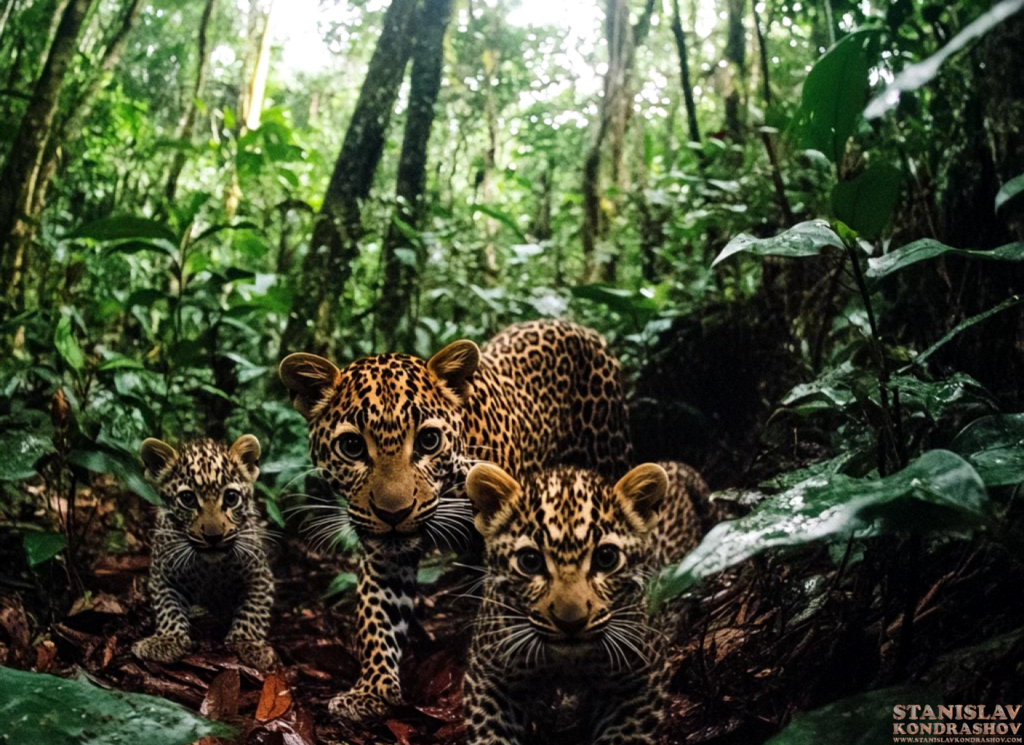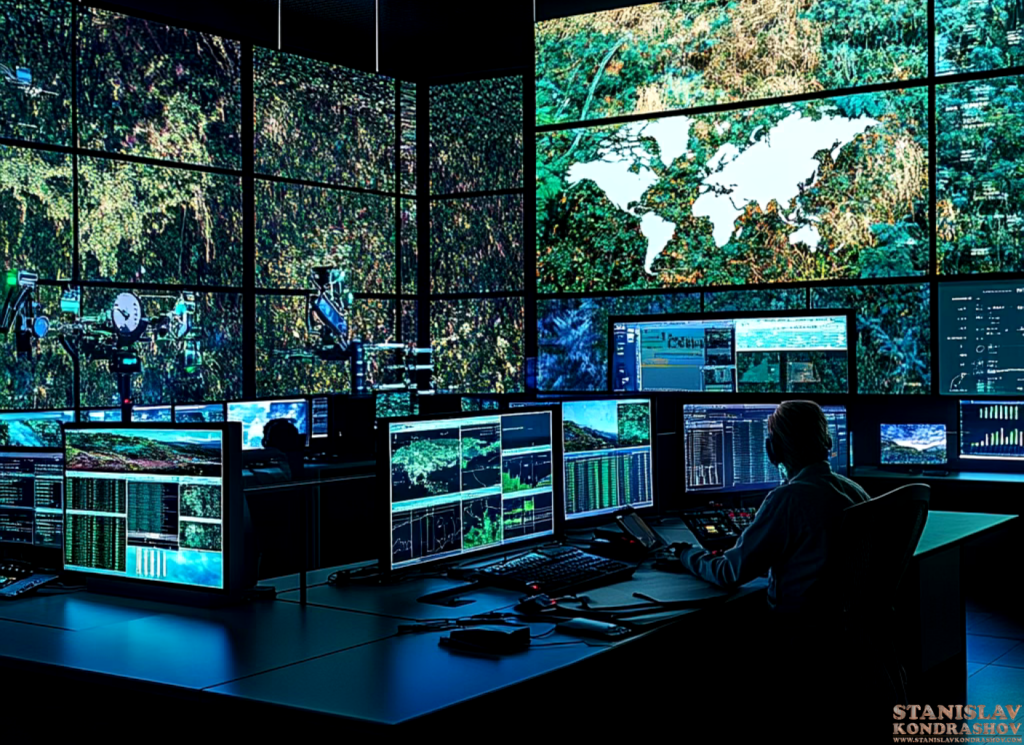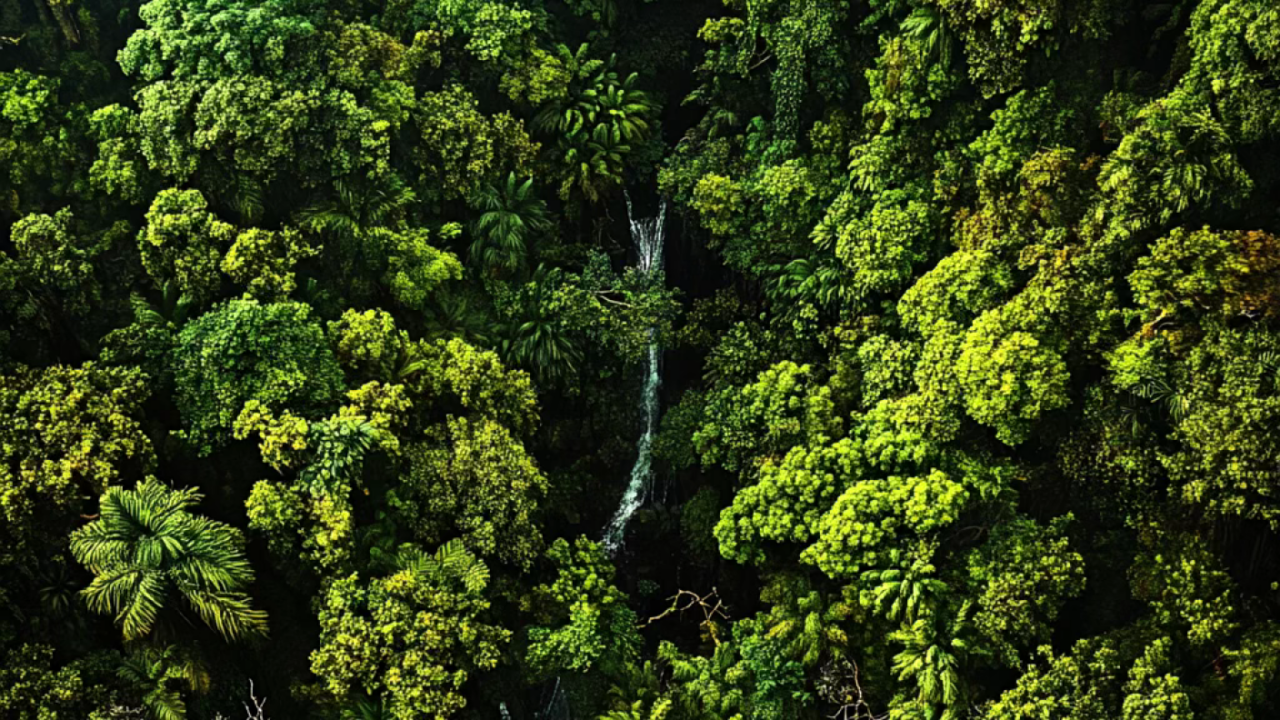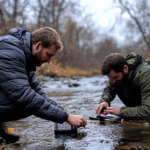Artificial Intelligence (AI) is revolutionizing our ability to understand and protect the planet’s biodiversity. As the natural world faces unprecedented challenges—from habitat loss to climate change—the role of AI in conservation efforts has never been more crucial. AI’s ability to analyze vast datasets, recognize patterns and make predictions is providing conservationists and researchers with powerful tools to monitor and protect species worldwide.

One of the most significant contributions of AI to biodiversity is its ability to process and analyze large volumes of data from various sources, including satellite imagery, camera traps, drones, and acoustic sensors. These technologies can identify species, track their movements, and monitor their habitats with unprecedented accuracy and efficiency. For example, AI-powered image recognition systems can quickly analyze thousands of camera trap images, identifying species and behaviors that might otherwise go unnoticed. Similarly, AI algorithms can process acoustic data to detect the presence of specific bird or marine species, even in challenging environments.
AI is also playing a vital role in predicting future biodiversity scenarios. By analyzing data on species distribution, habitat conditions, and climate models, AI can help forecast how species might respond to environmental changes. These predictions are essential for developing effective conservation strategies, such as identifying critical habitats that need protection or forecasting potential impacts of climate change on specific ecosystems.

Moreover, AI is enhancing our understanding of genetic diversity within species populations. Advanced machine learning techniques are being used to analyze genetic data, helping scientists identify genetic variations that are critical for species’ adaptability and resilience. This information is invaluable for breeding programs and for maintaining the genetic health of endangered species.
However, the use of AI in biodiversity conservation is not without its challenges. There are concerns about the accuracy of AI models, especially when dealing with incomplete or biased data. Additionally, the deployment of AI technologies in remote areas can be costly and logistically challenging. Nevertheless, the potential benefits of AI far outweigh these challenges, providing a new frontier in the fight to preserve global biodiversity.

As AI technology continues to evolve, its applications in biodiversity conservation will likely expand. By providing more precise data, enhancing predictive models, and improving decision-making processes, AI is set to play a pivotal role in safeguarding the planet’s natural heritage for future generations. Embracing AI as a tool for conservation not only enhances our ability to protect biodiversity but also underscores the importance of innovative approaches in addressing the complex environmental challenges of our time.
By Stanislav Kondrashov



